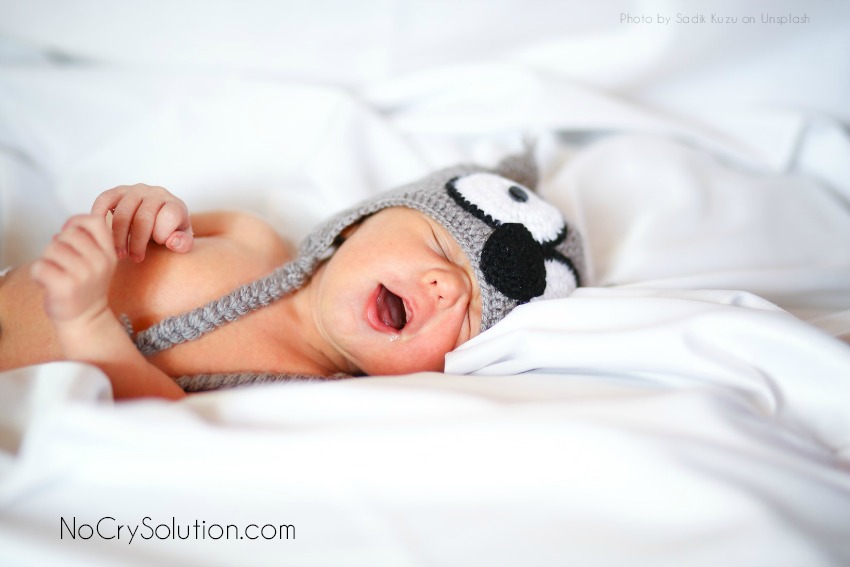
Most children snore from time to time, especially if they have a cold or stuffy nose. It’s estimated that up to 20% of young children snore frequently, and about 10% snore every night. Snoring can run the gamut from minor, harmless noisy breathing to a symptom of a health problem that needs to be addressed. For about 2-3% of children, snoring is an indication of a sleep disorder or a breathing problem that requires medical attention.
Why snoring happens
Snoring occurs when the soft tissues at the back of the throat relax during sleep and vibrate. There are several things that can cause this condition, such as:
- When a cold is present the airway is being squeezed
- Excessive thickness of throat tissues
- Enlarged tonsils and adenoids
- Repeated exposure to second-hand cigarette smoke
- Health issues such as allergies, asthma, reflux (GERD), some neurological conditions, or sleep apnea
Sleep Apnea (Obstructive Sleep Apnea Syndrome or OSA/OSAS)
If your child is a very restless, noisy sleeper, breathes through his mouth, and snores or snorts loudly, he may be suffering from a sleep condition called sleep apnea. “Apnea” means “absence of breath.” The most disturbing symptom of this sleep disorder is that the sleeper stops breathing for up to 30 seconds, occasionally longer, usually followed a noisy intake of breath. This is very frightening for a parent to witness, and should be taken very seriously, but in general, it is not life threatening and can be treated. The main causes of sleep apnea include a narrow throat or airway, enlarged tonsils or lymph nodes, obesity, and facial abnormalities.
It is not common with every child who snores has sleep apnea. Generally, however, if snoring is loud or is combined with other symptoms, apnea could be the problem. Conversely, not all children with narrow airways, enlarged tonsils, or excess weight have sleep apnea.
Apnea can cause significant sleep deprivation and compound other sleep difficulties. Continued untreated apnea can cause heart problems, high blood pressure, slowed growth, hyperactive behavior, bedwetting, and learning disabilities.
What is the cure?
The most common remedy for childhood sleep apnea is the removal or reduction of the tonsils and/or adenoids. Other common treatments are enlarging the air passage, holding the passage open during sleep, or (when the condition is caused by obesity) weight loss.
When to check with a doctor
If any of the following describe your child it would be wise to discuss your child’s snoring, and any other sleep symptoms, with a medical professional. You should contact your pediatrician, a sleep clinic, or an ear, nose, and throat specialist if your child:
- snores almost every night
- snores loudly
- is a very restless, noisy sleeper, and breathes through his mouth
- chokes, gasps, wheezes, or holds his breath in his sleep
- appears to be tired even after a good night’s sleep
- sweats heavily during sleep
- frequently wakes up with a headache
- has a nasal sound to his voice and he regularly breathes through his mouth
Elizabeth Pantley is the author of the bestselling book The No-Cry Sleep Solution and 8 other books in the No-Cry Solution series, which helps moms and dads through all key stages of parenting. http://nocrysolution.com



























